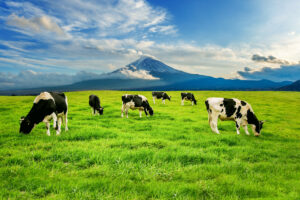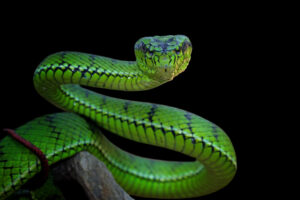The Fascinating World
The Fascinating World of Animal Mating Rituals
Animal mating rituals are a complex tapestry of behaviors and strategies that ensure the continuation of species. While the primary goal of these rituals is reproduction, the methods and practices observed in the animal kingdom are incredibly diverse and often surprising. Here’s a closer look at some intriguing aspects of animal sex.
1. Courtship Displays
Many animals engage in elaborate courtship displays to attract mates. These displays can involve intricate dances, vibrant colors, and even the creation of structures. For instance, the male bowerbird constructs an elaborate nest, decorating it with colorful objects to entice females. Similarly, peacocks fan their striking tail feathers in a mesmerizing display to impress potential mates.
2. Communication and Signals
Communication plays a critical role in mating. Animals often use visual signals, vocalizations, and pheromones to indicate readiness to mate. For example, female moths release pheromones to attract males from great distances. In some species, such as frogs, males call out to announce their presence and compete for the attention of females.
3. Mating Strategies
Different species employ various mating strategies based on their environment and social structures. Some animals are monogamous, forming long-term bonds with a single partner, while others are polygamous, mating with multiple partners. For example, in many bird species, males may mate with several females, while in certain primate species, females often choose mates based on social status or genetic diversity.
4. Unique Reproductive Adaptations
Nature has equipped animals with unique adaptations for reproduction. For instance, the male seahorse is known for its role in pregnancy. After a courtship dance, the female transfers her eggs to the male’s brood pouch, where he fertilizes them and carries them until they hatch.
5. Sexual Selection
Sexual selection is a driving force behind many animal behaviors and traits. This concept explains how certain traits become more pronounced because they enhance an individual’s chances of attracting mates. In many species, traits such as size, strength, or ornamental features play crucial roles in mate selection.
6. The Role of Competition
In many cases, competition among males can influence mating success. Male deer, for instance, engage in antler clashes to establish dominance and win the right to mate with females. This competition can lead to sexual dimorphism, where males and females of the same species exhibit different characteristics, often with males being larger or more ornamented.
7. Parental Investment
After mating, the level of parental investment can vary significantly among species. Some animals, like many fish, provide little to no parental care, while others, such as wolves or elephants, invest significant time and resources in raising their young. This investment can influence mating behaviors, with some species forming strong pair bonds to ensure the survival of their offspring.
Conclusion
Animal mating rituals and behaviors are as varied and complex as the species themselves. From courtship displays to unique reproductive adaptations, the strategies employed in the animal kingdom highlight the incredible diversity of life on Earth. Understanding these behaviors not only enhances our appreciation for nature but also offers insights into the evolutionary processes that shape the relationships among living organisms. As research continues, we may uncover even more fascinating aspects of how animals navigate the intricate dance of reproduction.














Post Comment